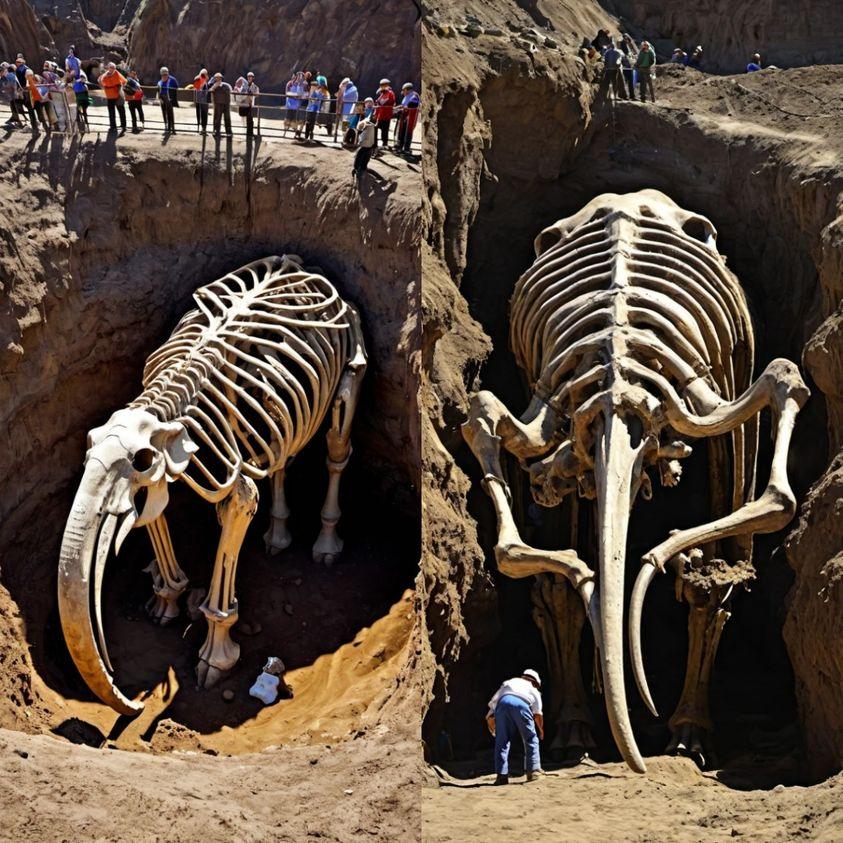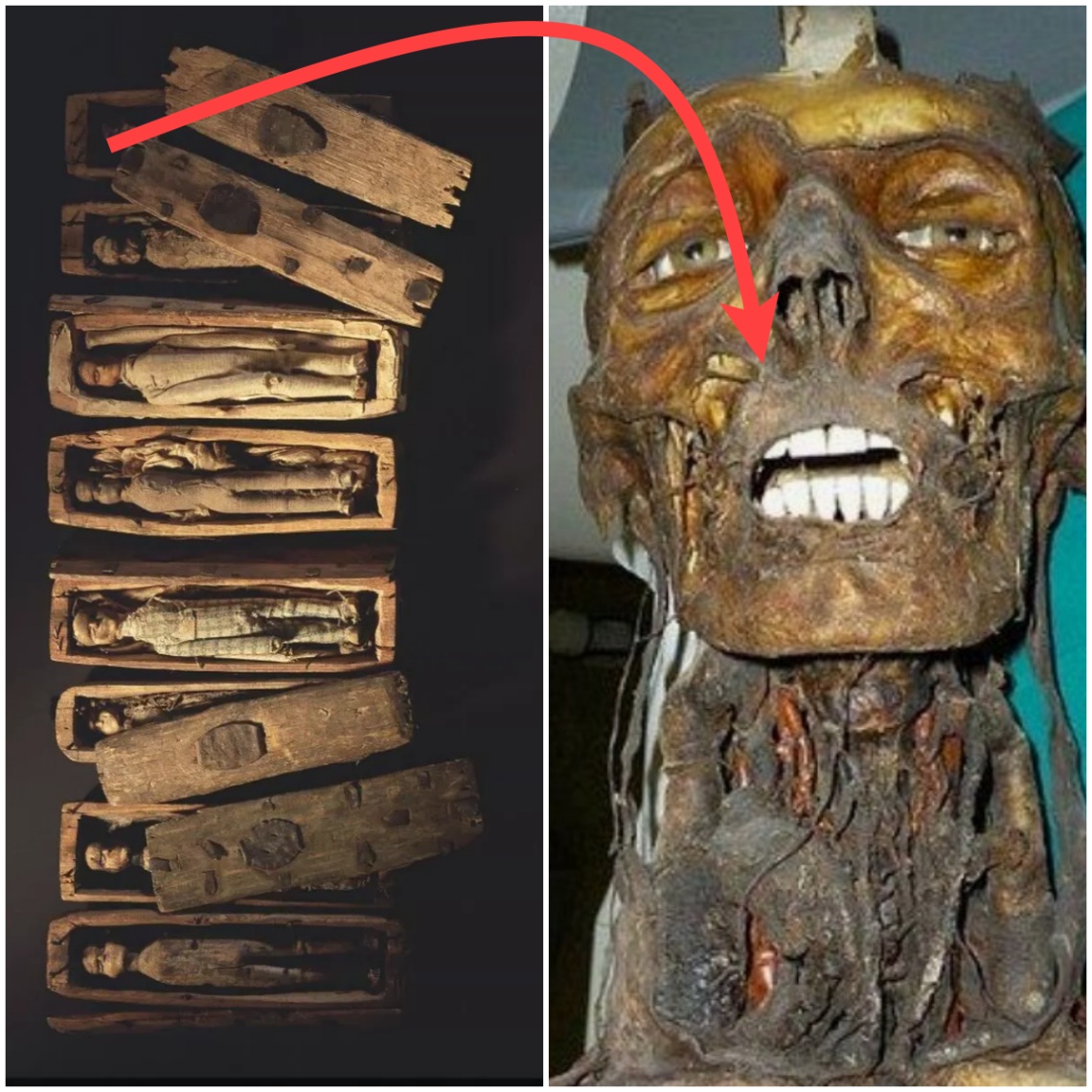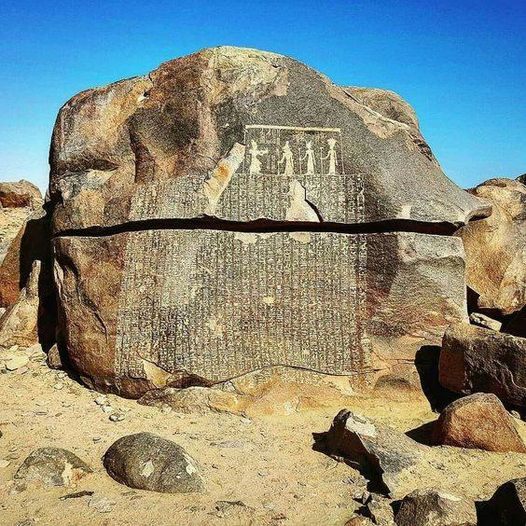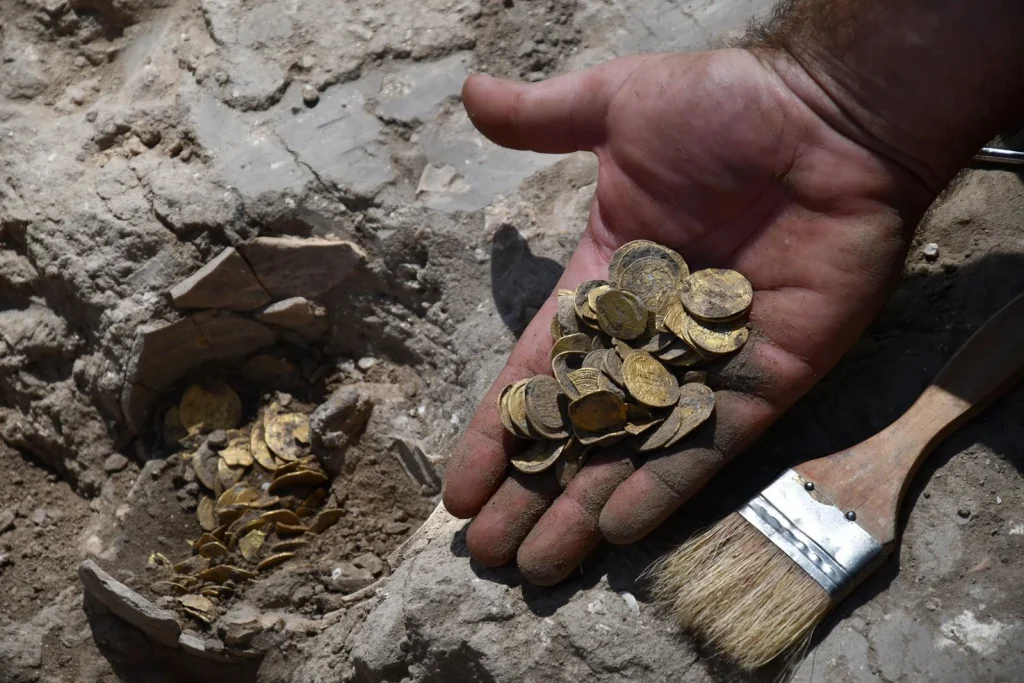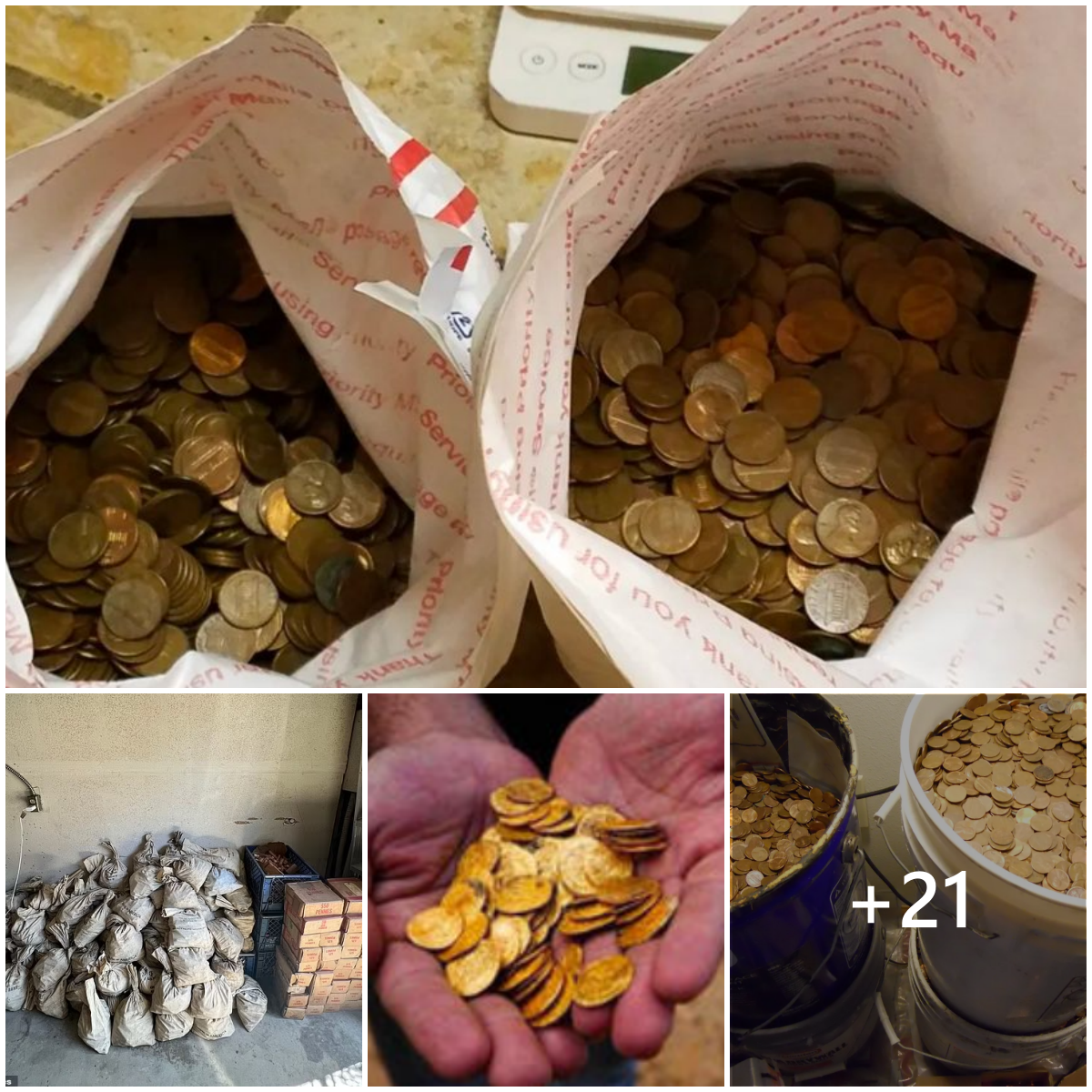“In 2010, Danish Geneticists Achieved a Breakthrough: Resurrecting the Past by Extracting and Reconstructing the First Complete Ancient Human Genome from 4,000-Year-Old Hair Strands Found in Greenland!”
The study was the culmination of decades of work by researchers around the world, beginning with faltering attempts to get genetic material from Egyptian mummies in the 1980s. As recently as 2013, the number of ancient human genomes could still be counted on two hands. In the last five years, the numbers have increased exponentially: In April 2023, the 10,000th ancient human genome was published, with thousands more on their way.
Discover how DNA from Stone Age ‘chewing gum’ tells an incredible story.
The remarkable growth of ancient DNA research—the focus of an entirely new discipline called paleogenomics—may be the biggest thing to hit archaeology since the development of radiocarbon dating in the 1950s. Last year, pioneering researcher Svante Pääbo, a geneticist at the Max Planck Institute for Human Evolution in Leipzig, Germany, won a Nobel Prize for his work on the genes of extinct Neanderthals. Now, ancient DNA has become a tool to better understand where we came from—and a way to glimpse where we’re going.
Perfecting the process
To recover ancient DNA from ancient samples, researchers take a tiny bit of bone, tooth or hair from a skeleton using a dentist’s drill or similar tool and extract DNA fragments from them. By duplicating the DNA fragments multiple times and then using computers to match and reassemble the tiny strands, as if in a billion-piece puzzle, geneticists can reconstruct entire genomes.

The process took decades to perfect. The first attempts to get DNA from ancient bones in the 1980s were plagued by problems. The biggest was contamination: Every living organism has DNA, and early research struggled to separate ancient genetic material from modern DNA. Samples could be tainted by anything from soil bacteria that infiltrates buried bones to a lab technician’s stray dandruff. Early claims that dinosaur DNA could be recovered from Cretaceous-era amber proved to be overly optimistic, for example, and mostly the result of contamination—putting the entire field in doubt.

Pääbo and others persisted, developing ways to eliminate contamination and prove the DNA they were looking at indeed belonged to ancient specimens. As a result, today ancient DNA samples are taken under tightly controlled conditions, in clean rooms flooded with ultraviolet light, which is capable of destroying bacteria and their DNA. Results are compared to databases of DNA from modern species or other ancient samples, helping sort and isolate the genetic material from different sources.
Early on, the procedures were also wildly expensive—far more than most archaeologists and paleontologists could afford. But as costs have dropped and the number of samples increased, the method has become a powerful tool for understanding the past. Ancient DNA studies are shifting from headline-grabbing one-offs to a standard part of the archaeologist’s toolkit. That’s already led to better understandings of ancient migrations and how societies functioned in the distant past.
On the move across time

By comparing the DNA of people buried in different time periods but the same geographic region, for example, geneticists and archaeologists can identify shifting populations. Dozens of studies in the last decade from all around the world show that migration and movement have always been part of the human story. We now know that Europe’s population has been dynamic for many millennia, with dramatically different populations entering the continent, mixing and mingling multiple times since the first modern humans arrived around 50,000 years ago. And ancient DNA has helped show when the first people arrived in the Americas and link them to ancestral populations in Asia.
Some discoveries go even further back. By comparing Neanderthal DNA to that of modern people, for instance, Pääbo and his team were able to show modern Europeans and Asians get a small fraction—up to 5 percent—of their ancestry from Neanderthals, suggesting that our distant ancestors encountered and mated with Neanderthals at some point in the distant past.

